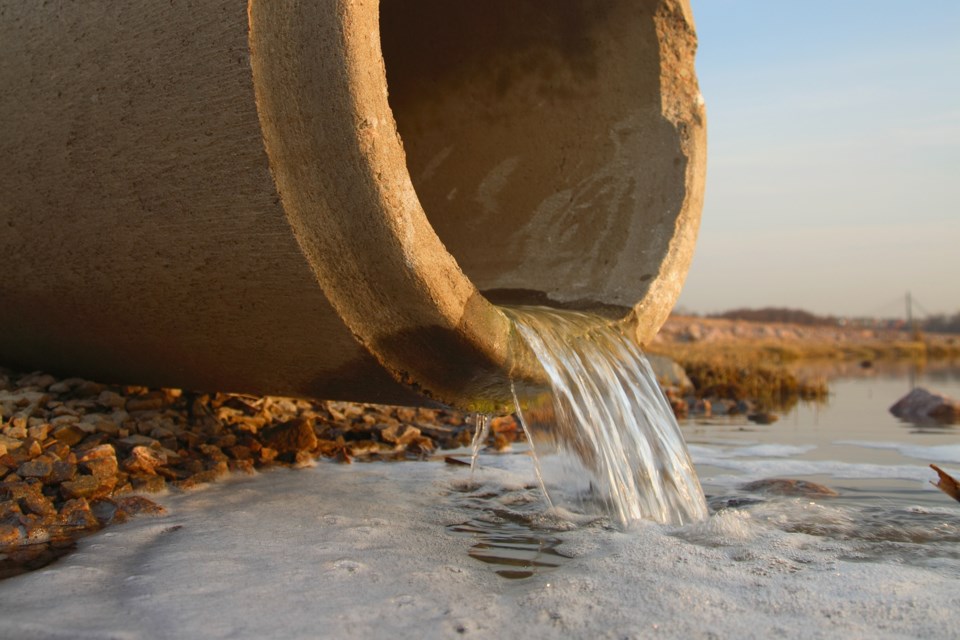COLD LAKE - In an attempt to gain deeper insights into substance abuse trends within the Cold Lake community, the Cold Lake Regional Utility Service Commission (RUSC) has been given the green light for a pioneering proof-of-concept study. The project aims to explore whether wastewater analysis can reveal crucial data and the types of substances being used in the community.
The primary objective of this initial test is to establish a proof-of-concept framework by examining data taken from wastewater samples. The intent is to discover the viability and potential usefulness of implementing a regular testing program, according to information from the City of Cold Lake.
Expanding on details of the study, RUSC Chairman Ryan Bailey says, “In terms of collection, the three samples are to be taken over a one-week span and will occur in the wastewater lagoons. In untreated wastewater, anonymity of persons as well as location is assured. All of the wastewater in Cold Lake goes to these lagoons.”
There will be no testing of treated water, such as sinks or taps.
This approach aligns with the blueprint created by the University of Calgary’s Advancing Canadian Water Assets team. Their comprehensive plan involves the analysis and testing of samples for the presence of 46 substances flagged by the City of Cold Lake.
Bailey adds that there will be certain substances that will be tested for. “Ethyl sulfate will be tested for; this will indicate levels of alcohol. Cotinine will also be tested for; this will indicate levels of nicotine. As for the additional chemicals being tested for, they range from amphetamines to fentanyls, opiates, psychedelics, benzodiazapines and other pharmaceutical products.”
This approach echoes similar analysis conducted by Statistics Canada in major cities. These studies revealed distinctive drug-use profiles across different cities, enabling tailored approaches by law enforcement, policymakers, healthcare providers, and social service agencies. Targeted strategies aim to address the specific substances being abused and target the associated negative societal and health consequences.
Bailey adds, “Gathering data may help law enforcement, municipalities, and social service providers the necessary data to develop public education initiatives or an ability to lobby provincial and/or federal agencies for funding for addiction services/detox facilities.”
Regular data collection through this method hopes to unveil diverse trends, seasonal variations, and localized patterns within different areas of Cold Lake.
Anticipated to be completed by Jan. 1, 2024, the proof-of-concept testing results will be presented to the Cold Lake RUSC at an upcoming meeting. The commission will review the findings to determine the potential effectiveness of conducting a more extensive or prolonged study.



